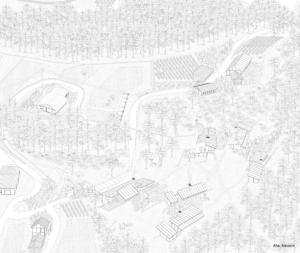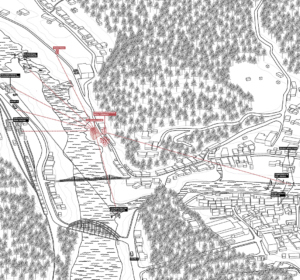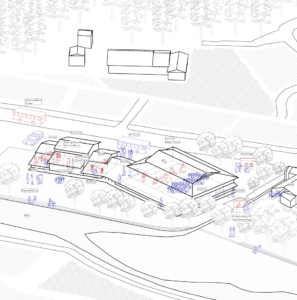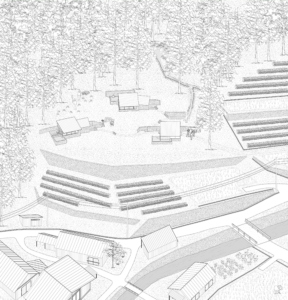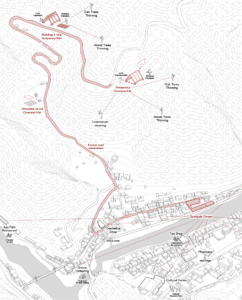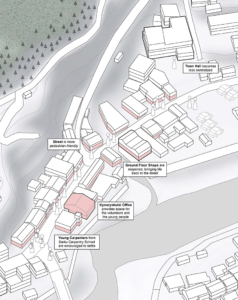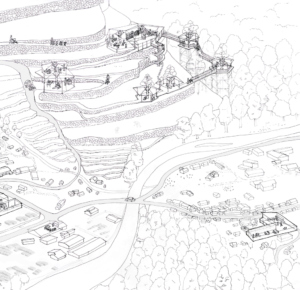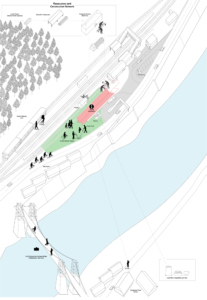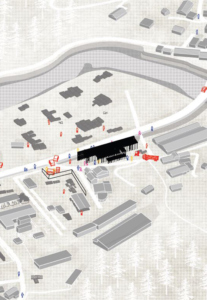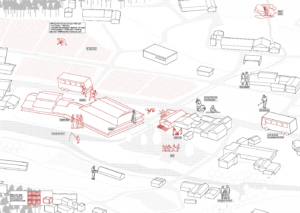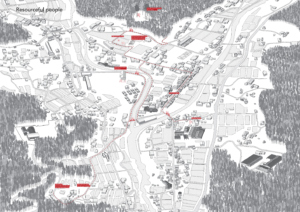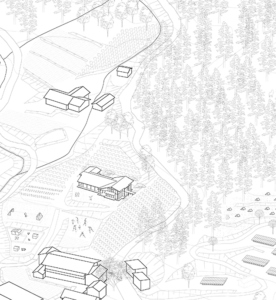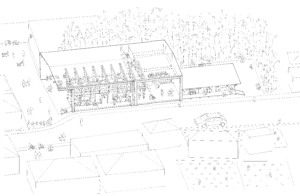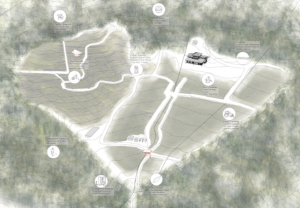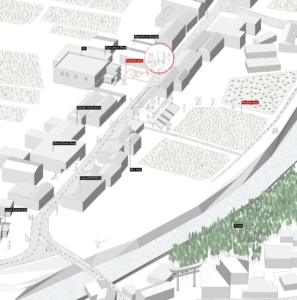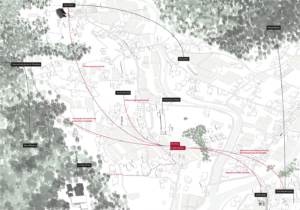HS18
TIMBER BEHAVIOROLOGY IN JAPAN
We can think of timber construction as something behaving in between human and nature, that can be regarded as the local culture of our built environment. This year, through the lens of Architectural Behaviorology, we focus in particular on designing a timber construction, learning to find its meanings at various scales, while comparing between Japanese and Swiss building culture. Both Japan and Switzerland have abundant timber resources of trees planted artificially during the period of economic growth in the last centuries. Today these resources are suffering from the pressure of the global market, and from the disappearance of skills and knowledge of traditional carpentry due to the mechanization of the industry.
Our field of study in the autumn semester will be in Gifu, one of the richest prefecture in Japan in term of forests. In the design studio, students will examine the existing actor network of timber construction with design method— from traditional to modern—and at multiple scales—from territory to detail—in order to understand the relationships between buildings and society, visualizing them by actor network maps with an ethnographical approach. Then, through drawings and models, the students will propose a reimagined timber construction as an intervention within this network, for a better future of Gifu.
